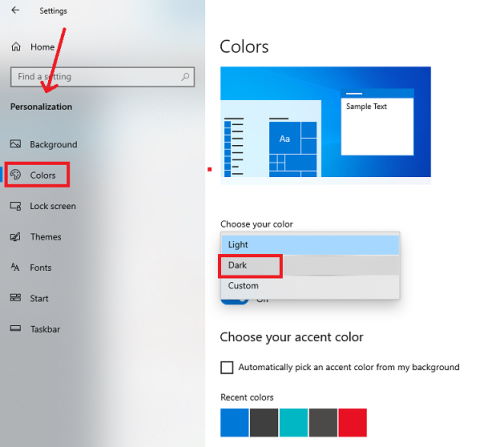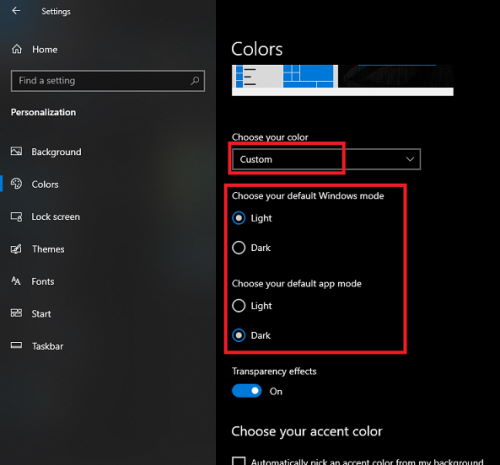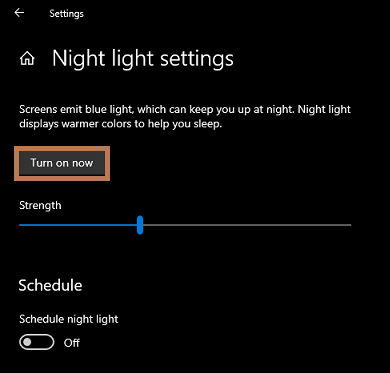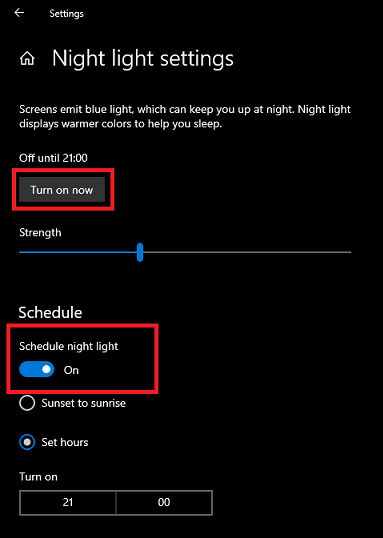The dark mode is the current demand from many users regarding a good software usability experience. The concept holds the same for not only mobile apps but desktops too.
Although it was not available in older versions of Windows, we had to make it possible using tweaks and mods. But thankfully, in the latest release, i.e., Windows 10, we have the option built right into the settings.
You are just a few clicks away from enabling it. So here in this article, we will explain how you can enable dark mode in windows 10. Including how it can help you to reduce eye strain.
How to Enable Dark Mode on Windows 10
The dark mode is a theme that we can apply for UI to minimize eye strain. Because of the incoming bright white lights out of the monitor, eyes face the constant strain. Whereas using dark mode pleases your eyes but also protects them.
In windows, the initial releases only applied dark mode within the UWP and settings apps. But the latest version also brings system-wide dark mode that can be seen in Windows explorer.
Personally, I like dark mode rather than light mode. Be it on Android or even on Linux distribution, I prefer dark mode. Ready to try this out? Follow these steps to enable dark mode in Windows 10.
Steps to Enable Dark Mode Theme in Windows 10
You can enable dark mode from the settings app.
- Open the Settings app from the Start menu.
- Navigate to Personalisation > Colors.
- Now to the right, you’ll find Choose your color.
- From the drop-down, select dark.
This will apply a dark theme to your entire system, and you can see the difference in the setting app and explorer, the control panel, etc.
You can also see another option within the drop-down menu as custom.
The custom option will let you individually choose a dark mode for your windows and apps. This means you can have your start menu in light color and apps in dark color.
Steps To Enable Night Light on Windows 10
You can combine this option with a night light to further protect your eyes. Night light replaces the blue light emitted by the screen with a warmer color. This helps to reduce eye strain and help you to fall asleep.
- Open Settings and search for “Night Light.”
- Click on the result to open the options.
- Click on Turn on now, and this will turn on this feature.
You can move the slider and adjust the intensity of this effect on your screen. However, you need not enable this option each and every time.
Rather you can set up a time to start the mode automatically
- Click on Schedule night light.
- From the options, you can set your preferred options.
- You can select the preset (Sunset to sunrise) or set your desired hours.
From Editor’s Desk
Since dark mode has become a must-have feature in the UI department, it’s good to see the option in Windows. However, there is no automation available in the settings to dynamically apply dark and light colors based on time.
But there is a lengthy workaround to get it to work through the task scheduler. That requires automating some PowerShell scripts that can enable or disable dark mode.
But nevertheless, you can combine the night light feature in windows and dark mode to reduce eye strain. Unlike dark mode, a nightlight can be applied dynamically by specifying the time to turn it on or off.








